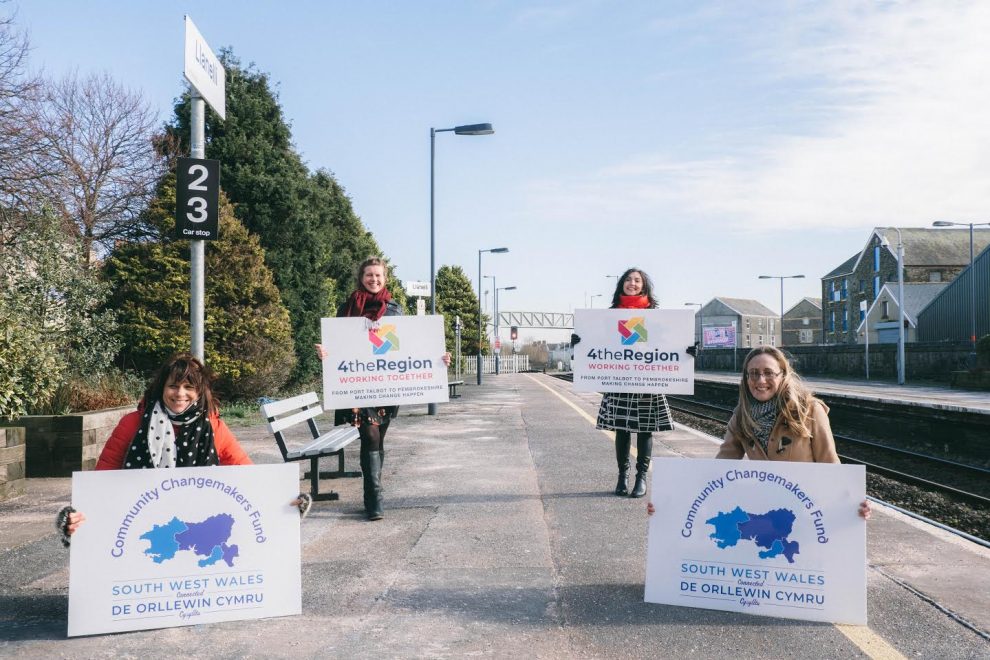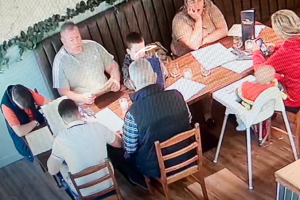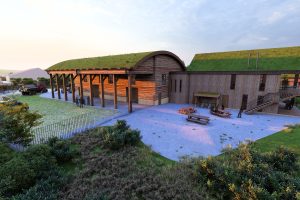MEMBERS of a grassroots movement – including in Swansea, Neath Port Talbot, Carmarthenshire and Pembrokeshire – have continued to strive for Welsh communities and work towards a greener transport future, despite the pandemic.
Figures from Community Rail Network’s Community Rail in Wales report, sponsored by Rail Delivery Group and released today (31 March), highlight that more than 1,100 volunteers give 50,000 hours annually, valued at £4.3 million, to support social inclusion and wellbeing, sustainable and healthy travel, economic development, and tourism in their area.
Wales’ six community rail partnerships and 140 station groups engage local people with their railways and stations, working with train operators, local authorities and other partners. Their activities include: volunteering, community gardening, food growing and biodiversity projects at stations; community arts and heritage projects to help people learn about and take pride in their area; work with rail industry partners towards improvements and integration, such as shelters, signage or pedestrian and cyclist access; and events, workshops and activities to promote sustainable travel, bring people together, and celebrate local communities.
Community rail is now looking forward to playing a key role in building back better and greener from Covid, helping our railways to be a vital component of a more sustainable and inclusive way forward, and supporting Wales’ new transport strategy Llwybr Newydd.
In Swansea, Neath Port Talbot, Carmarthenshire and Pembrokeshire, the local Community Rail Partnership, South West Wales Connected, has worked with volunteers across the region on a broad range of projects, including rejuvenating the platforms and surrounding areas of stations, planting community gardens and holding community vision meetings to unite local individuals, businesses and groups in their efforts to achieve positive change in the areas around their stations. Examples have included planting gardens on the platforms of Lamphey station; working with The Ramblers to devise and promote a series of local walks in Neath Port Talbot; and working with local groups to rejuvenate land near Llanelli railway station.
Commenting on the importance of the community rail movement in Wales, Jools Townsend, chief executive of Community Rail Network, said: “Community rail works to make our railways community-minded and inclusive, and promotes sustainable travel by rail, bringing people together and bolstering local pride and wellbeing. In Wales, community rail partnerships and groups have adapted and responded, supporting communities through the pandemic, maintaining positivity, and advising rail partners on shifting local needs.
“As we start to rebuild from Covid-19, within the community rail movement, and across our railways, we will be redoubling efforts, to create confidence and togetherness, and play our part in enabling more people to get around by socially and environmentally responsible means. Community rail is all about communities and connectedness, and people working together locally to make things better for each other and our shared future – that couldn’t be more important right now.”
Robert Nisbet, director of nations and regions at the Rail Delivery Group, said: “The railway is at the heart of local communities and the fantastic initiatives by community rail volunteers in Wales play to its strengths, connecting people up and down the country. As we recover from the pandemic, getting more people back on trains will be vital to boost local economies and the environment, so the support of community rail will be more important than ever.”
Jennifer Barfoot, community rail officer for South West Wales Connected, said: “We’ve been delighted by the enthusiasm, commitment and creativity of the local people, businesses and organisations who have come to our meetings, shared their visions for their local areas and thrown themselves into projects that not only transform the areas in and around their local stations but also benefit their local communities and encourage people to these places by rail. From walking groups to community gardeners, there’s so much going on in our network and we look forward to achieving even more over the coming months.”


















Add Comment